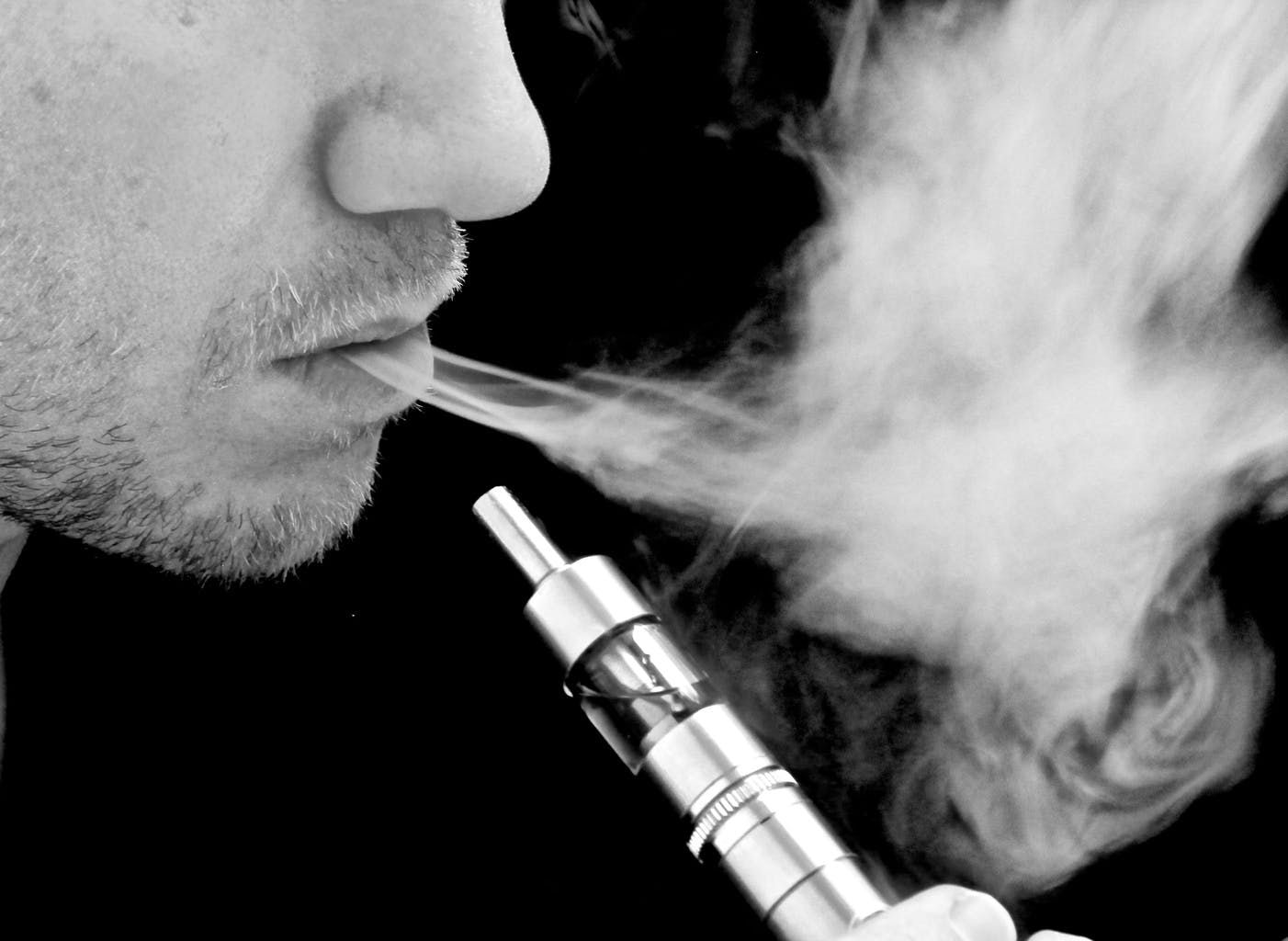One of the major arguments against medical marijuana is the potential
risks of inhaling smoke, since smoking is the traditional methods of
cannabis delivery.
Research
has shown that cannabis smoke does contain some [irritants and
carcinogens](https://www.ncbi.nlm.nih.gov/pmc/articles/PMC1277837/# B47)
similar to tobacco smoke. Other research, however, has also shown that
the cannabinoids in marijuana provide some
protection
against damage from these chemicals – cannabis seems to boost the immune
response and block enzyme action needed for carcinogenesis – and has
failed to find a link between marijuana and lung
cancer or
long-term negative effects on lung
capacity.
Smoking cannabis has, however, been linked to respiratory problems
including increased coughing, wheezing, sputum
production,
and airway inflammation. Thus, patients may be reluctant to use this
method despite evidence showing it is faster than ingestion for
cannabinoid delivery.
Another cannabis delivery option is
vaporization.
In this method, the cannabis is heated to a temperature lower than what
occurs with combustion (combustion occurs at about 230°C). The lower
temperature (185°C) releases the cannabinoids, and not the toxins, into
a mist or vapor that is inhaled. The amount of cannabinoid delivered is
similar to that of smoking, but has fewer respiratory symptoms and
problems.
Safer than Smoking
Tetrahydrocannabinol (THC) is one of the most abundant cannabinoids in
cannabis and is associated with the marijuana high. THC can help treat
pain, nausea, vomiting, and appetite loss. In a
study
that compared vaporization and smoking, researchers found that THC
levels were between 36 percent and 61 percent for vaporization, which is
similar to the levels found with smoking cannabis. Furthermore,
examination of the vapor found only trace amounts of the toxic chemicals
found in smoke.
Each cannabinoid has a different evaporation
temperature.
THC evaporates at about 157°C, whereas cannabidiol (CBD) evaporates at
temperatures between 160 and 180°C.
CBD has been
found effective in treating pain, nausea, vomiting, anxiety, and
depression, as well as in reducing cancerous tumors. The trick with
vaporization is to keep the temperature high enough to release the
cannabinoids, but low enough to prevent combustion.
Conduction vs. Convection
Current vaporizers work either through conduction or convection. In
conduction, the cannabis is placed directly on a heating element,
sometimes referred to as a nail, that has been heated with a flame. With
convection, heat is indirect and is transferred through a gas or liquid
to the cannabis. Both methods have some positives and negatives.
Conduction vaporization:
- Heats quickly
- Requires a less expensive device
- Has a higher risk of combustion as there is no temperature control
for a direct flame - Requires shaking or stirring of the cannabis between draws
Convection vaporization:
- Takes longer to heat
- Requires a more expensive device
- Provides for more accurate temperature control and thus more even
heating - Has less chance of combustion
Flower vs. Concentrate
Vaporizers
take either herb (leaves and flowers) or concentrate. Vapor from herbs
contains between 5 percent and 20 percent THC and from concentrate about
60 percent. To create concentrate, cannabis is filtered through a
solvent, ice water, or carbon dioxide to separate the THC from the plant
matter. This concentrate is then placed in the vaporizer for use.
Patients should talk with their medical marijuana professional to see
what types of vaporizers and what form of cannabis would be best for
their needs. Each form a vaporization has benefits for patients
depending on the type of condition they wish to alleviate.






